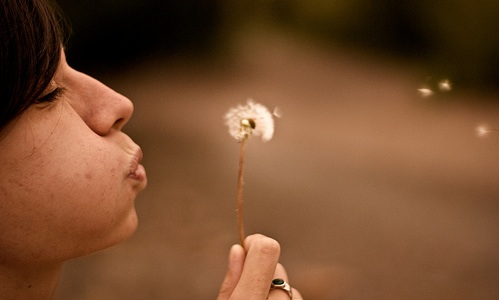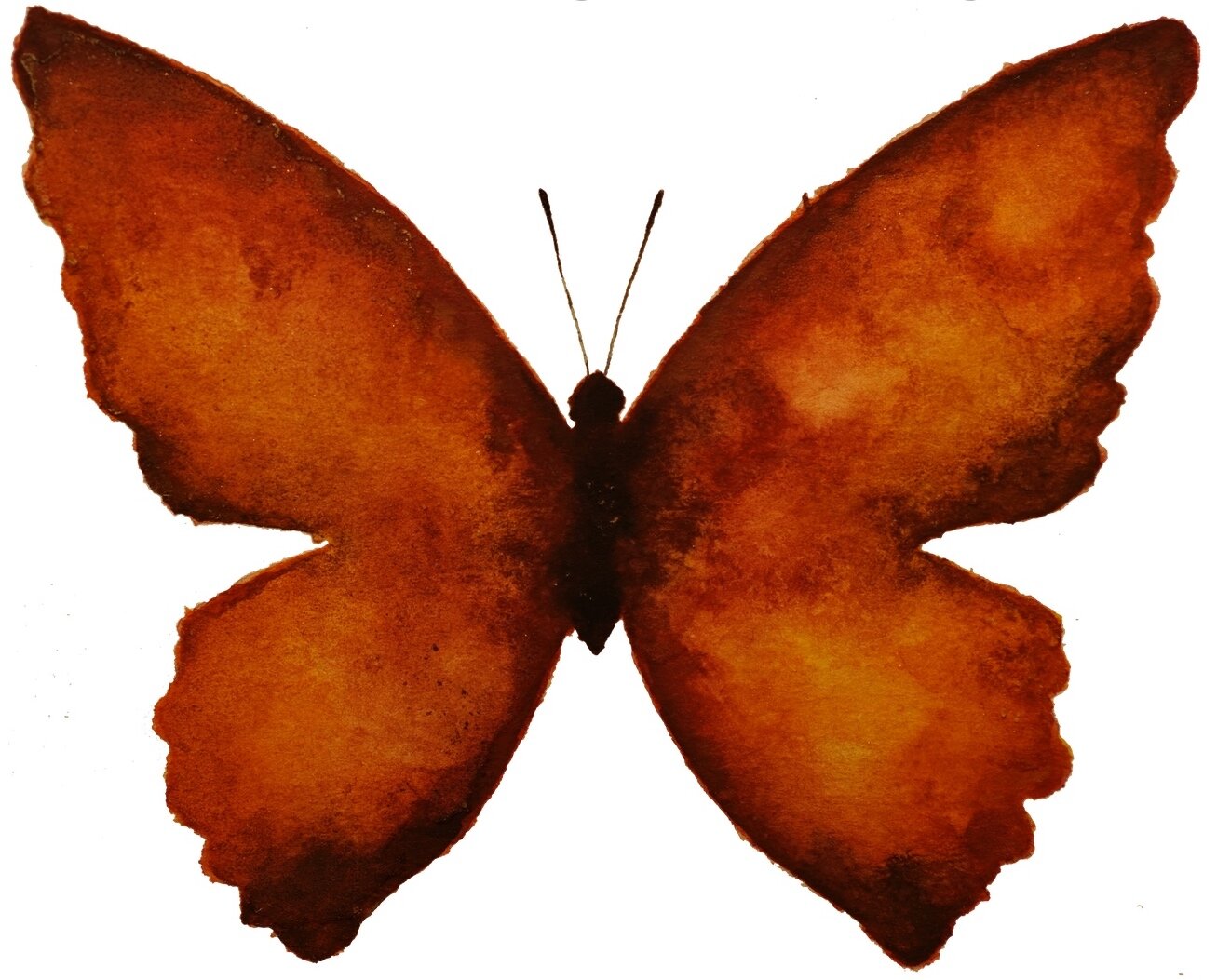Breathing Your Way to a Calmer Place

Following on from my post SELF HELP ANXIETY TIP: THE LONG EXHALE I wanted to go into greater depth about how the simple act of adjusting your outgoing breath really can help calm stress and anxiety.
Everyone experiences anxiety at some time or another. At such times your breathing tends to become shallow and rapid, but the chances are you may not notice as your attention is more drawn to physical sensations of discomfort. Yet your breath holds a vital secret to calming down - by slowing and regulating your breath you engage what scientists call the parasympathetic nervous system and set in motion a sequence of events that can help you feel relaxed and calm.
Anxiety Breathing Technique
One of the easiest ways to use your breath to calm your mind is to gradually lengthen your outgoing breaths. Here’s how: first tune in to your “normal breath” don’t change anything yet, just notice how you are breathing right now. Is your breathing deep or shallow? Smooth or ragged? Now pay attention to the length of your breaths and count the length of your exhalations. Again, don’t change anything yet, just notice and count 1, 2, 3, etc. If your regular exhalation is lasting for five counts try and draw it out to six for the next few breaths. Watch your breathing and help it smooth out a little as you continue counting to six on every out breath for the next few breaths.
Now try increasing your count to seven for a few more breaths, and then eventually eight. But pay attention to your breathing and make sure you are comfortable, don’t strain beyond what feels easy and natural. If you can only comfortably extend to six that’s fine. If you gradually extend to eight or nine, that’s fine too. Then main things is that your exhale is slightly longer than your inhalation and that it has your attention.
After a few minutes try adding a pause of two or three counts at the end of each outgoing breath where you sit completely still and quiet before you draw your next breath in. Continue for a few minutes 10 minutes for the complete exercise is ideal, if you can do this morning and night you will soon be feeling the benefits.
Slayer Note: When anxiety causes rapid breathing it leads to a build up of oxygen in your bloodstream, more oxygen means less carbon dioxide and that eventually upsets the pH level in your blood. Doctors call this state respiratory alkalosis and they know it can cause lightheadedness, nausea, confusion, twitching muscles, and even anxiety itself. Knowing that it’s easy to see how you can get caught up in a vicious cycle when suffering from anxiety.
Slowing your breath and lengthening your exhalation brings things back into balance by increasing the carbon dioxide levels in your blood in a similar way to breathing in a paper bag. But slowing your breath is better than breathing in a bag because it has the added benefit of having a calming effect on your mind, slowing your heart rate, and helping you to relax and feel more in control.
Extra Tips: Use relaxation music, or light a candle for added relaxation. If you have a favourite incense or relaxing scent use that too. Setting the scene for your breathing practice is a wonderful way to train your mind to relax into this routine of simple self care.
Anxiety Breathing Techniques:
3 Anxiety Breathing Techniques You Can Practice Anywhere
The Measured Breath: Anxiety Relief Breathing Technique
Anxiety Breathing technique: The Bumble Bee Breath
Anxiety Exercise: The Seven Eleven Breathing Technique
Breathing Your Way to a Calmer Place
New here? Let's Connect.
Thanks for stopping by. If you enjoyed this post we invite you to subscribe so you can receive our new articles and podcasts as soon as we publish them...
 Get email updates |
Get email updates | ![]() Subscribe via RSS |
Subscribe via RSS |  Follow us on Twitter |
Follow us on Twitter |  join us on facebook
join us on facebook
Photo by A6U571N
